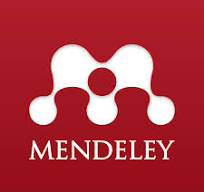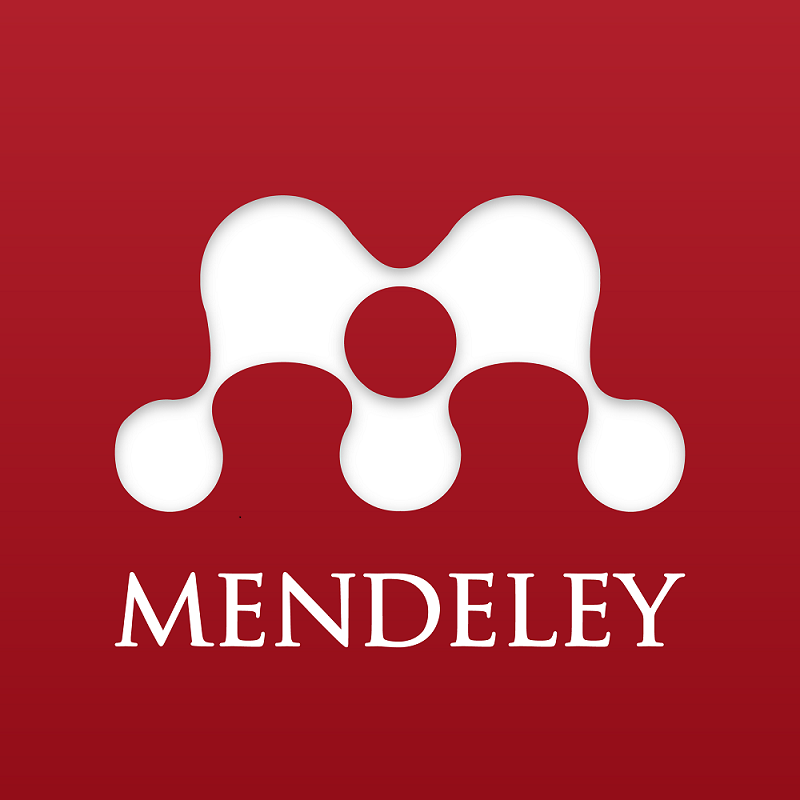PENGEMBANGAN BAHAN AJAR DIGITAL BERBASIS KOMPETENSI BERORIENTASI PRODUKSI PADA MATA KULIAH DASAR FOTOGRAFI MENGGUNAKAN APLIKASI SIGIL
DOI:
https://doi.org/10.37304/jptm.v4i2.8355Keywords:
Development, Digital Teaching Materials, Basic Photography, Sigil ApplicationAbstract
Learning activities in the Fundamentals of Photography course which have been running so far have experienced several obstacles including the absence of teaching materials specifically designed to be effective, efficient, and attractive in learning. Some basic photography material should be carried out in practice, but in reality, it must be delivered in theory given the limited time and learning resources and the low learning outcomes and results of student creativity in the field of photography which does not meet the standards for completeness assessment. To overcome these problems, competence-based and production-oriented digital teaching materials are developed which are valid and suitable for use in learning activities as well as for student self-study. This research is a type of development research using the Dick and Carey model with the final product being a digital textbook developed with the help of the Sigil application. The approach used is a competency-based and production-oriented learning approach. Before testing D3 Multimedia Computer STT STIKMA Internasional student, validation was carried out on material experts and media experts, which were then corrected according to the expert's assessment. Data from the trial results during implementation activities in learning were analyzed using descriptive statistics and questionnaire calculations from respondents using criteria from the Likert scale. Indicators of success and feasibility of measuring digital teaching materials are assessed from the feasibility of content, presentation of content, language, graphics, and assessment at the end of learning activities. The results of validation by experts and trials on students show that basic digital photography teaching materials have the feasibility and validity to be used as a supplement in facilitating student learning and practicum learning while taking photography basics courses.
Downloads
References
Afdal, A., Masruri, A., Anugrah, A. N., Wulandari, A. L., Mukhlis, M., & Riau, U. I. (2022). Analisis Kelayakan Penyajian Buku Teks Bahasa Indonesia Kelas XII Kurikulum 2013 Terbitan Kemendikbud 2018 Adristi. SAJAK: Sastra, Bahasa, Dan Pembelajaran Bahasa Dan Sastra, 1, 130–136.
Akbar, S. (2013). Instrumen Perangkat Pembelajaran. Badung: Remaja Rosdakarya Offset
Azura, W., Silalahi, A., Zubir, M., & Nurfajriani. (2022). The Science Environment Technology Society (SETS) based e-module development with project based learning model in colloidal learning. Journal of Physics: Conference Series, 2157(1). https://doi.org/10.1088/1742-6596/2157/1/012046
Carina, A. (2019). Developing Interactive E-book as Material Technology Coursebook by Flipbook Maker Software. Journal of Education and Practice, 1735, 11–17. https://doi.org/10.7176/jep/10-24-03
Darma, R. S., Setyadi, A., Wilujeng, I., Jumadi, & Kuswanto, H. (2019). Multimedia Learning Module Development based on Sigil Software in Physics Learning. Journal of Physics: Conference Series, 1233(1), 0–7. https://doi.org/10.1088/1742-6596/1233/1/012042
Dick, W & Carey, L. (2019). The Systematic Design of Instruction.11th Edition. New Jearsey: Pearson
Imansari, A., Umamah, N., & Na’Im, M. (2019). The usage of e-book as learning media through the sigil application in history. IOP Conference Series: Earth and Environmental Science, 243(1). https://doi.org/10.1088/1755-1315/243/1/012155
Noveria, E., Arief, E., Istigfara, T., & Agustia, S. (2020). E-Book sebagai Sumber Belajar Bahasa Indonesia Bahasa di Era New Normal. 485(Iclle), 342–345.
Purnama Sari, P., Arina Luardini, M., & Asi, N. (2020). an Analysis of Learning Objective in English Teacher Lesson Plans Based on Abcd Aspect. Natalina Asi Journal Compound, 8(3), 21–43. https://e-journal.upr.ac.id/index.php/JCP/article/view/2012
Rahmi, U., & Azrul, A. (2021). Message Design of Printed and Digital Material to Meaningful Learning. Al-Ta Lim Journal, 28(1), 26–34. https://doi.org/10.15548/jt.v28i1.634
Ramadhani, R., & Fitri, Y. (2020). A Project-based learning into flipped classroom for ePUB3 electronic mathematics learning module (eMLM)-based on course design and implementation. Universal Journal of Educational Research, 8(7), 3119–3135. https://doi.org/10.13189/ujer.2020.080740
Ramdani, S. D., El Islami, R. A. Z., Pratiwi, H., Fawaid, M., Abizar, H., & Maulani, I. (2021). Developing digital teaching material on Basic Electricity based on problem-based learning in vocational education. Jurnal Pendidikan Vokasi, 11(1), 78–91. https://doi.org/10.21831/jpv.v11i1.38894
Rice, M. F., & Ortiz, K. R. (2021). Evaluating Digital Instructional Materials for K-12 Online and Blended Learning. TechTrends, 65(6), 977–992. https://doi.org/10.1007/s11528-021-00671-z
Riduwan. (2013). Skala Pengukuran Variabel-Variabel Penelitian. Bandung: Alfabeta
Simatwa, E. M. W., & Baraza, O. T. (2019). Research Article Influence of Lecturer Characteristics on Academic Achievement of Engineering Students in National Polytechnics in Kenya : an Analytical Study.
Sugiyono. (2017). Metode Penelitian & Pengembangan (Reseacrh and Development. Bandung: Alfabeta,cv.
Susantini, E., Puspitawati, R. P., Raharjo, & Suaidah, H. L. (2021). E-book of metacognitive learning strategies: design and implementation to activate student’s self-regulation. Research and Practice in Technology Enhanced Learning, 16(1). https://doi.org/10.1186/s41039-021-00161-z
Sutarto, Muzaki, A., Hastuti, I. D., Fujiaturrahman, S., & Untu, Z. (2022). Development of an Ethnomathematics-Based e-Module to Improve Students’ Metacognitive Ability in 3D Geometry Topic. International Journal of Interactive Mobile Technologies, 16(3), 32–46. https://doi.org/10.3991/IJIM.V16I03.24949
Wilber, Jennifer. (2022). 10 Reasons Why Ebook Are Better Than Paper Book. https://owlcation.com/humanities/10-Reasons-Why-eBooks-are-Better-than-Print-Books.












